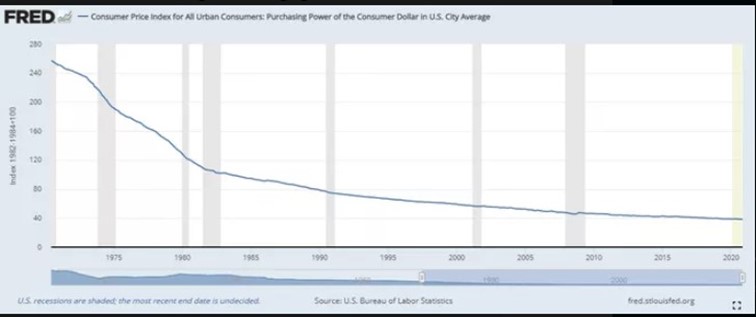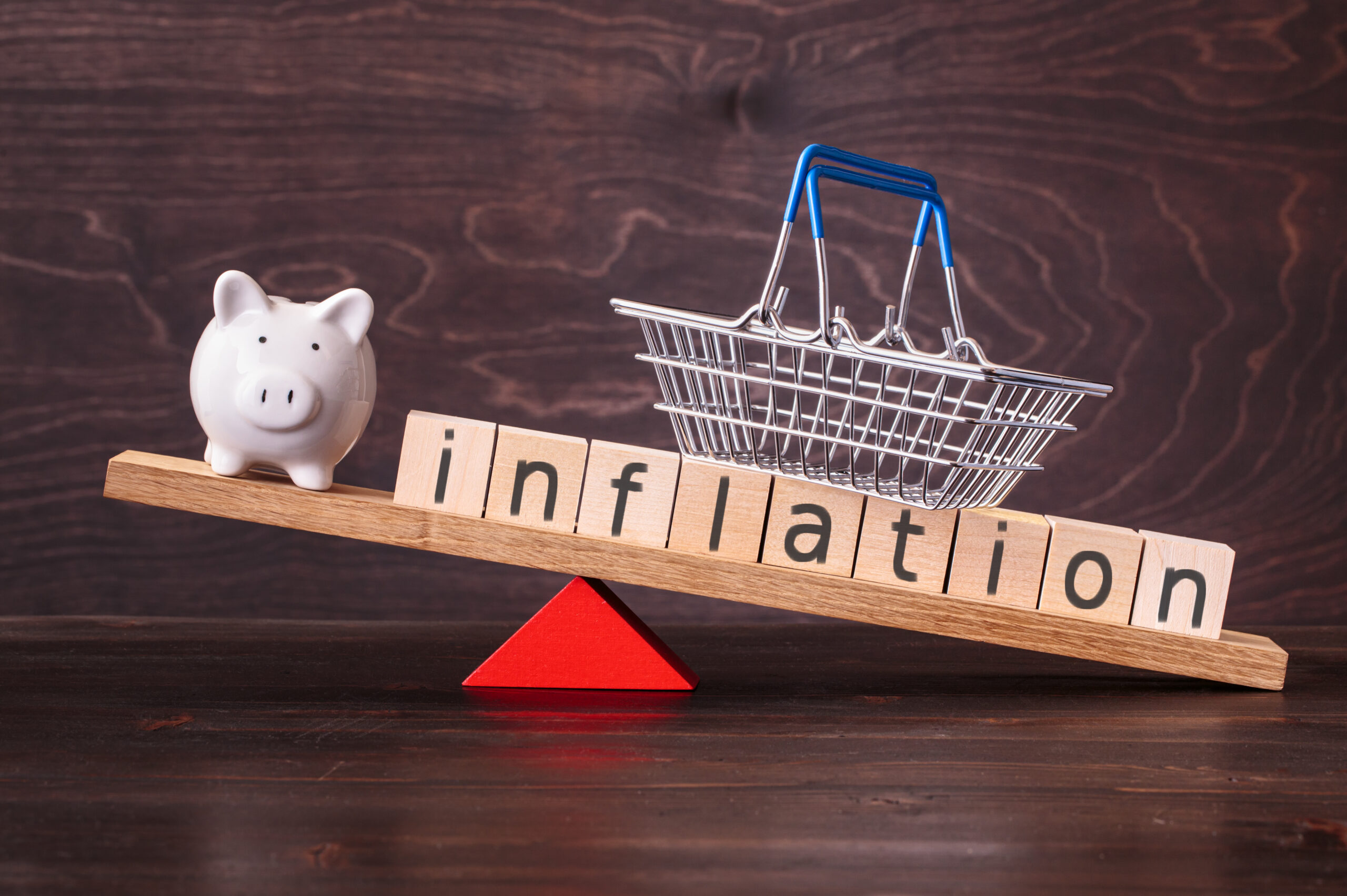Is Your Dollar Still Worth a Dollar?
We are experiencing the stress of supply chain issues and the stress of inflation. Maybe you have asked yourself, “Is my dollar even worth a dollar any longer?” Once upon a time, a person’s worth was in livestock, real estate, or even bars of silver and gold. Imagine going through the checkout with two turkeys and a 12-pound bar of silver for Oreos and a 12 pack.
That was a primary reason why “flat currency” was created—assets do not have to back greenbacks. They are easier to carry, exchange and use. More importantly, that piece of paper has value because the government says so. Yes, it’s that easy. Your dollar is worth a dollar because we are all told it is.
But now that we are singing “We Are the World” with global economies and our dollar depends on other currencies, there are more aspects than only say-so to determine the dollar’s value. Three predominant factors determine how your dollar is worth a dollar: Exchange rates, the demand for U.S. Treasury notes and the foreign exchange reserves.
However, given these days, no one cares about those three factors. We want things worth a dollar to be worth a dollar. Money, precisely the worth of cash, has been on the decline for years.
Is Anything Worth a Dollar?

The St. Louis branch of the U.S. Federal Reserve did some research on the dollar’s purchasing power, and what they discovered is painful.
By staring at that calamitous drop, we see if you had a dollar in the 1970s and kept the same dollar for 50 years, that bill isn’t worth “a dollar” anymore. It’s only worth half as much.

The Federal Reserve also relies on the Consumer Price Index (CPI), which determines the dollar’s value by goods and services it purchases. Essentially, if a dollar’s value falls, the cost of living increases. How much are groceries, clothes, and even what it takes to fill your tank? “Too much,” right?
This isn’t a post to cast dispersion on the U.S. Government. They have enough problems of their own. What is worth a dollar has been falling for decades. We have experienced some rebounds, but there is a reason why George Washington doesn’t smile on that bill for the most part. Although we are experiencing a rise in a dollar’s worth over the past few months, we still can’t buy as much with a dollar as we used to do.
America is still struggling with global supply chain issues. There is a mismatch between what we need and what we can import. Additionally, with more than 11 million job vacancies, employers are becoming more competitive and raising wages to attract applicants. And somehow, we are paying for that.
A Dollar Doesn’t Buy What It Used to Get

To make things more frustrating about what is worth a dollar is a changing value from state to state. If you live in an impoverished area, things are different. The worth a dollar provides is greater than some of the nation’s most significant or most affluent cities.
A study by 24/7 Wall St. and the Bureau of Economic Analysis determined the conflicting worth of a dollar across the country. Take California, for example. There’s Hollywood, beaches, tourism, gorgeous real estate, and so much more to dream about owning. The Golden State is more like pyrite in these terms. While it has the second-highest price for median home value ($509,400), residents can’t buy as much.
After all, the dollar’s value is the third-lowest country at $0.87. Compare that life in Mississippi, where personal income per capita is the lowest in the country at just under $38,000. For that annual income, the median home value is the second-lowest in the country at $120,200. Furthermore, the value of a dollar is the highest in the nation at $1.12.
We are all in this together. Inflation hurts because when money’s value begins to plummet and stays that way, a spirit of opportunism hits business owners. It’s actually “taking advantage” of Americans. People are buying stuff off the shelves due to fear of everything going up. When that happens, we tell retailers that we’ll accept the rising costs. And that’s why the value of a dollar continues to fall because when we are paid more, we spend more.
You’re doing what you have to do to stay above water. Yet, when debt collection calls are overwhelming, stress happens. You worry about buying food or paying for the energy bill is your weekly choice, you have to breathe easy. It’s okay to ask for help if things go haywire. Even if you don’t join our service, we have people who can walk you through what life might be like without debt. We’re here for you whenever you are ready.
